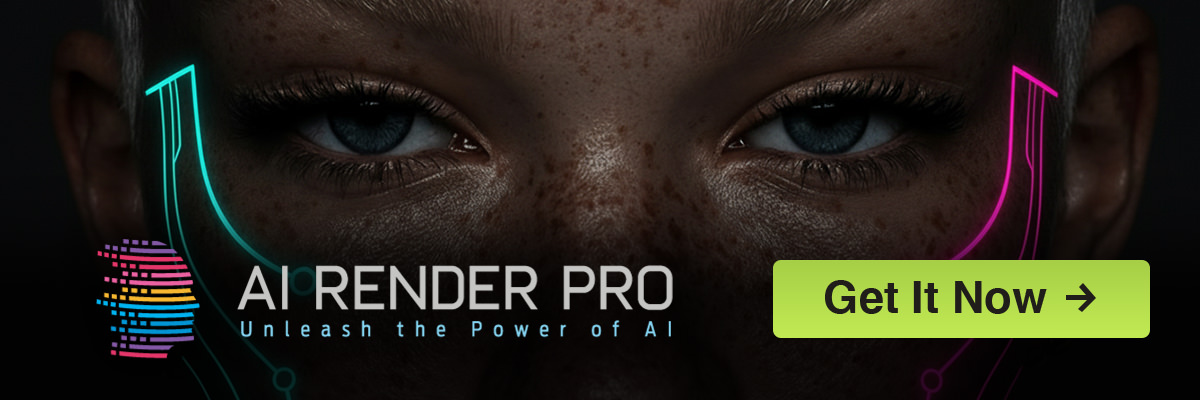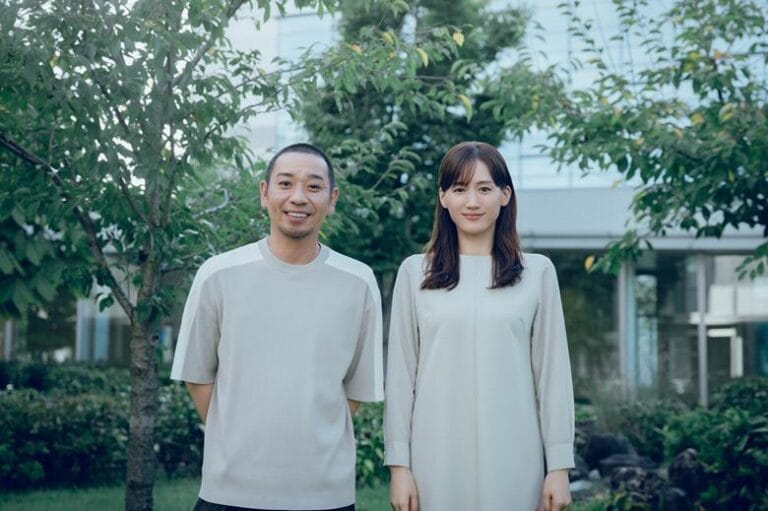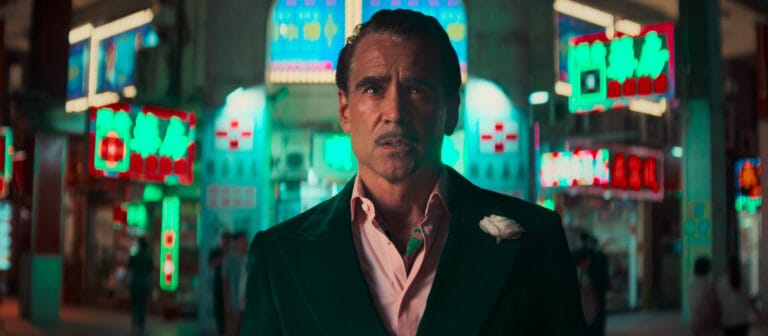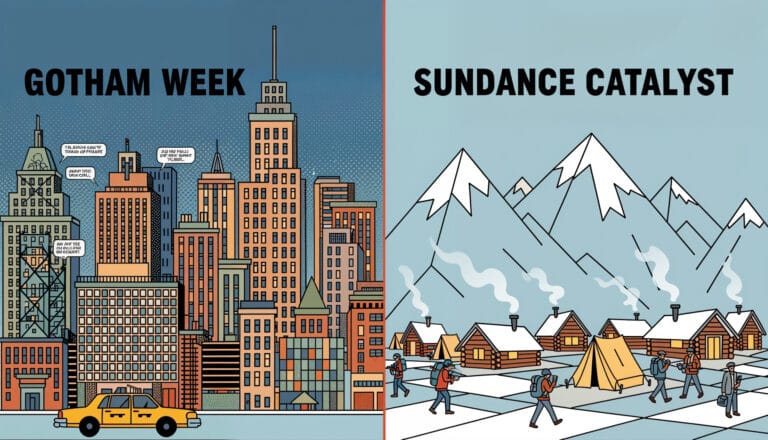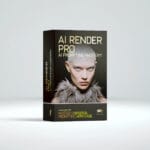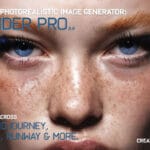If you’ve experimented with Midjourney, you already know how addictive it is to see your ideas come to life. But for filmmakers, designers and other visual storytellers, random results aren’t enough. You need prompts that deliver cinematic lighting, compelling compositions and images that feel like they came from a professional cinematographer—not an algorithm. In this guide, I’ll walk you through the basics of mastering Midjourney and share some of my own AI-generated examples, plus show you how tools like AI Render Pro can help you level up your prompts even further.
Getting Started with Midjourney
To begin, you’ll need a Discord account (Midjourney runs entirely through a Discord bot). Join the Midjourney server and accept the terms of service. In one of the “newbies” channels, type /imagine followed by your prompt. Midjourney will return four images in about a minute. Click the U buttons to upscale the versions you like or V to generate variations.
Midjourney is incredibly accessible, but you’ll quickly discover that the quality of your results depends on the quality of your prompts. That’s where the art of prompt-crafting comes in.
Crafting Effective Prompts
A great prompt is lean, visual, and cinematic. Most strong ones include four core elements:
- Subject – What the scene is about
Examples: lone detective, neon biker, abandoned gas station - Style – How it looks
Examples: cinematic, gritty realism, vintage noir, documentary tone - Camera & Lighting – How it’s shot
Examples: 35mm, wide shot, shallow focus, rim-lit, backlit silhouette - Mood or Composition – How it feels
Examples: stormy, ominous, fog-drenched, golden hour, claustrophobic
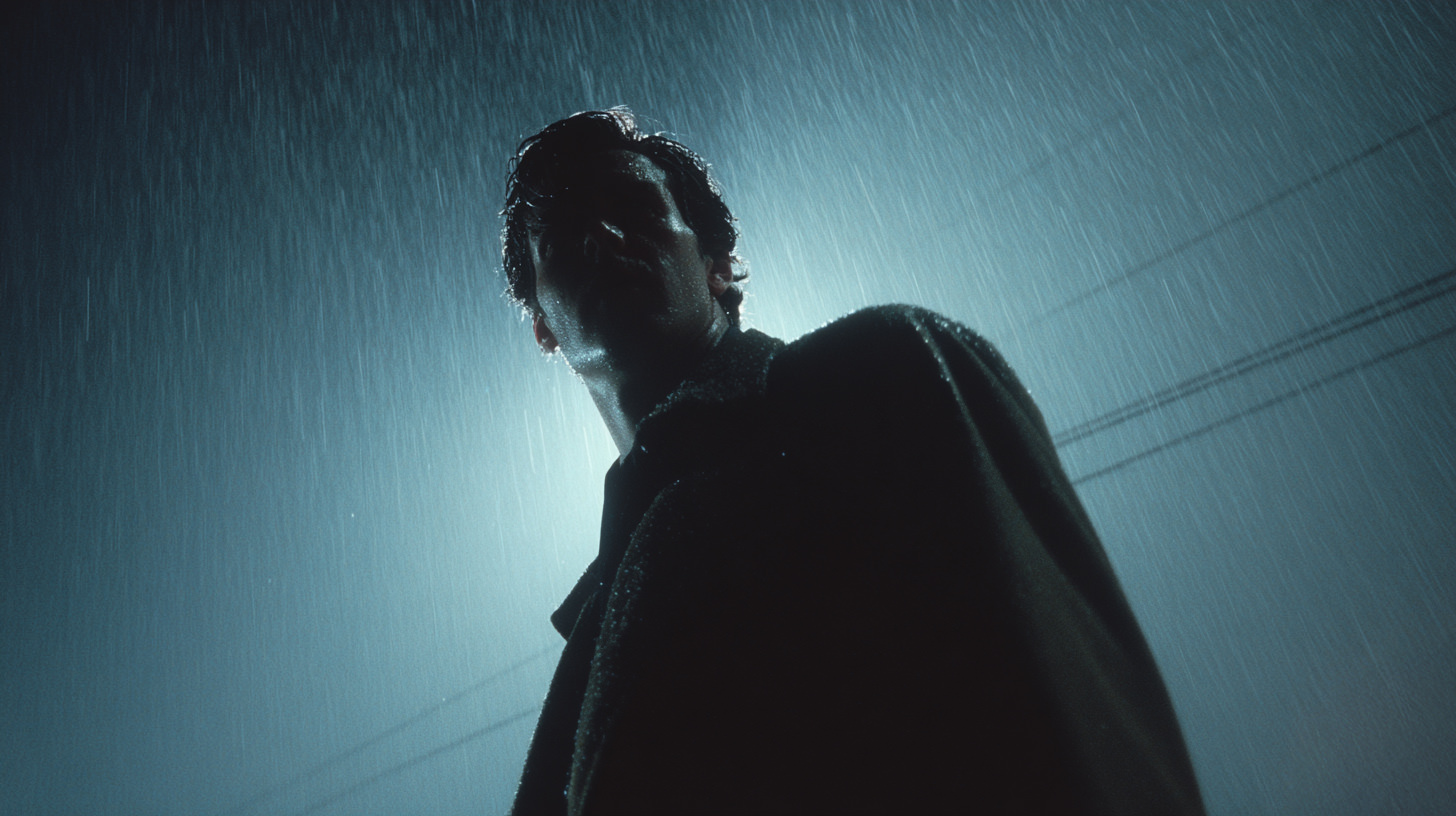
Example:/imagine lone figure in trench coat under pouring rain –– backlit silhouette, foggy skyline, cinematic lighting, 35mm shallow focus
Play with these components and you’ll notice how Midjourney responds to different lenses, aspect ratios, and moods.
Advanced Techniques: Adding Cinematic Flair
Once you’re comfortable with basic prompts, start adding cinematic specifics:
- Lens and aspect ratio – a 24 mm lens captures more of the scene, while 85 mm compresses depth; try –ar 16:9 for a widescreen look.
- Color temperature and lighting – “warm tungsten light,” “soft morning haze” or “dramatic chiaroscuro” evoke very different moods.
- Movement and focus – terms like “motion blur,” “shallow depth of field” and “rack focus” make your images feel like real frames pulled from a film.
Use these details to guide Midjourney toward images that match your storyboards or moodboards. Throughout this article, you can sprinkle in a few of your own AI renderings—character designs, futuristic landscapes and surreal props—from your previous posts to illustrate how subtle changes in wording affect the results.
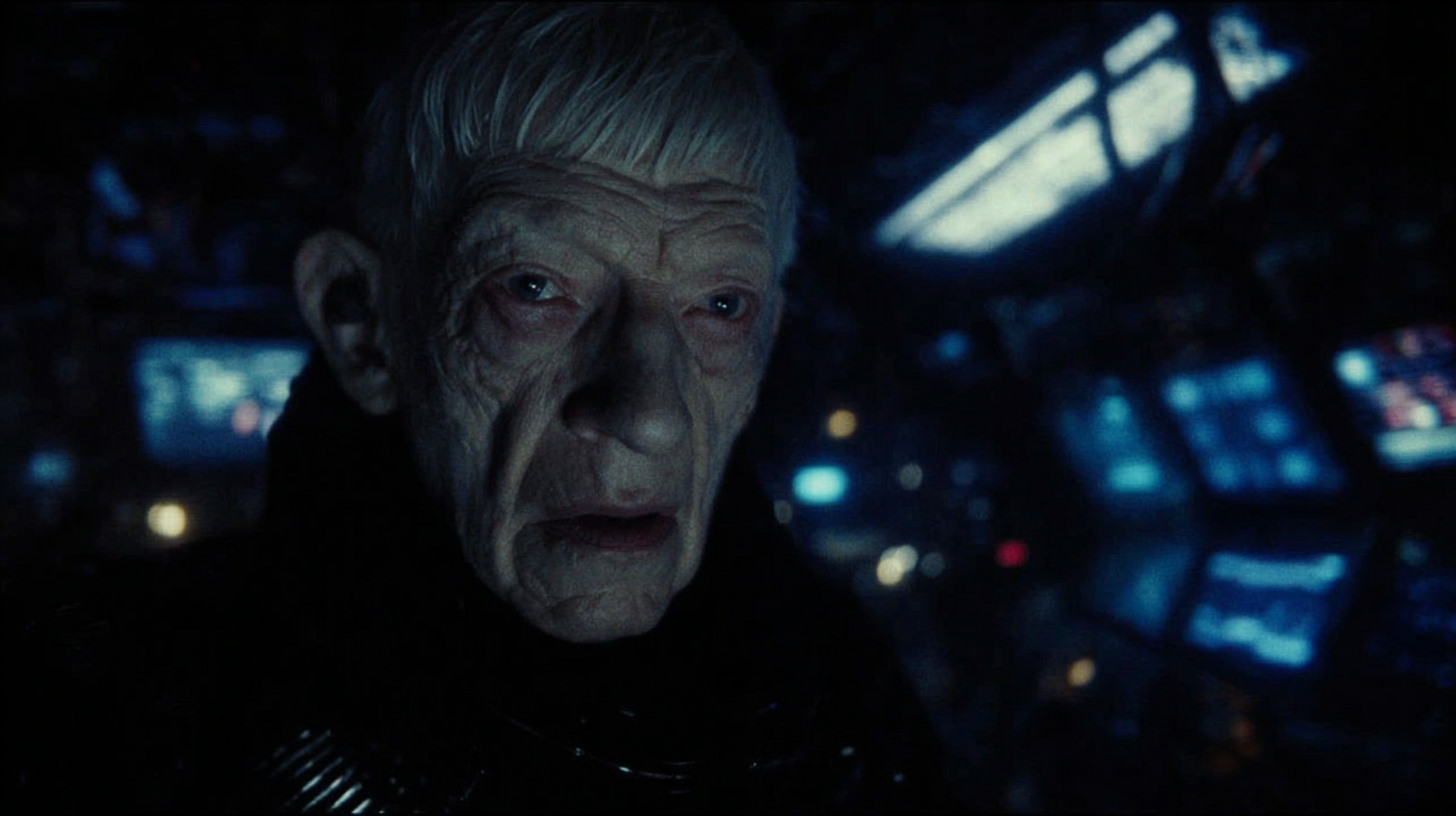
Why Use AI Render Pro?
If you want to go beyond trial and error, AI Render Pro provides a robust shortcut. It automatically generates high-quality prompts for Midjourney, DALL·E, Sora, Runway and Stable Diffusion, with formulas tailored for cinematic lighting, composition, ratios and mood. The tool was designed by filmmakers and AI artists to eliminate guesswork, so each prompt feels like a collaboration with a professional cinematographer or designer.
Here’s what’s included:
- Optimised prompts for multiple AI platforms – Midjourney, DALL·E, Sora, Kling, Veo and more.
- Tailored formulas for lighting, composition and aspect ratios.
- Bonus training guide and 50 HD Midjourney examples.
- Lifetime access with no subscription fees – buy once and use it as AI art evolves.
Try AI Render Pro Today!
One-time payment – Only $49.9, Now $15!
BUY NOW
I’ve been using AI Render Pro on my own projects, and the difference is dramatic. In my article “Midjourney Prompts for Characters” the portraits you see were generated using these formulas. The results are sharper and more coherent, and I spend far less time tweaking the wording. If you’re serious about mastering Midjourney and using AI imagery in your films or visual projects, this tool pays for itself quickly.
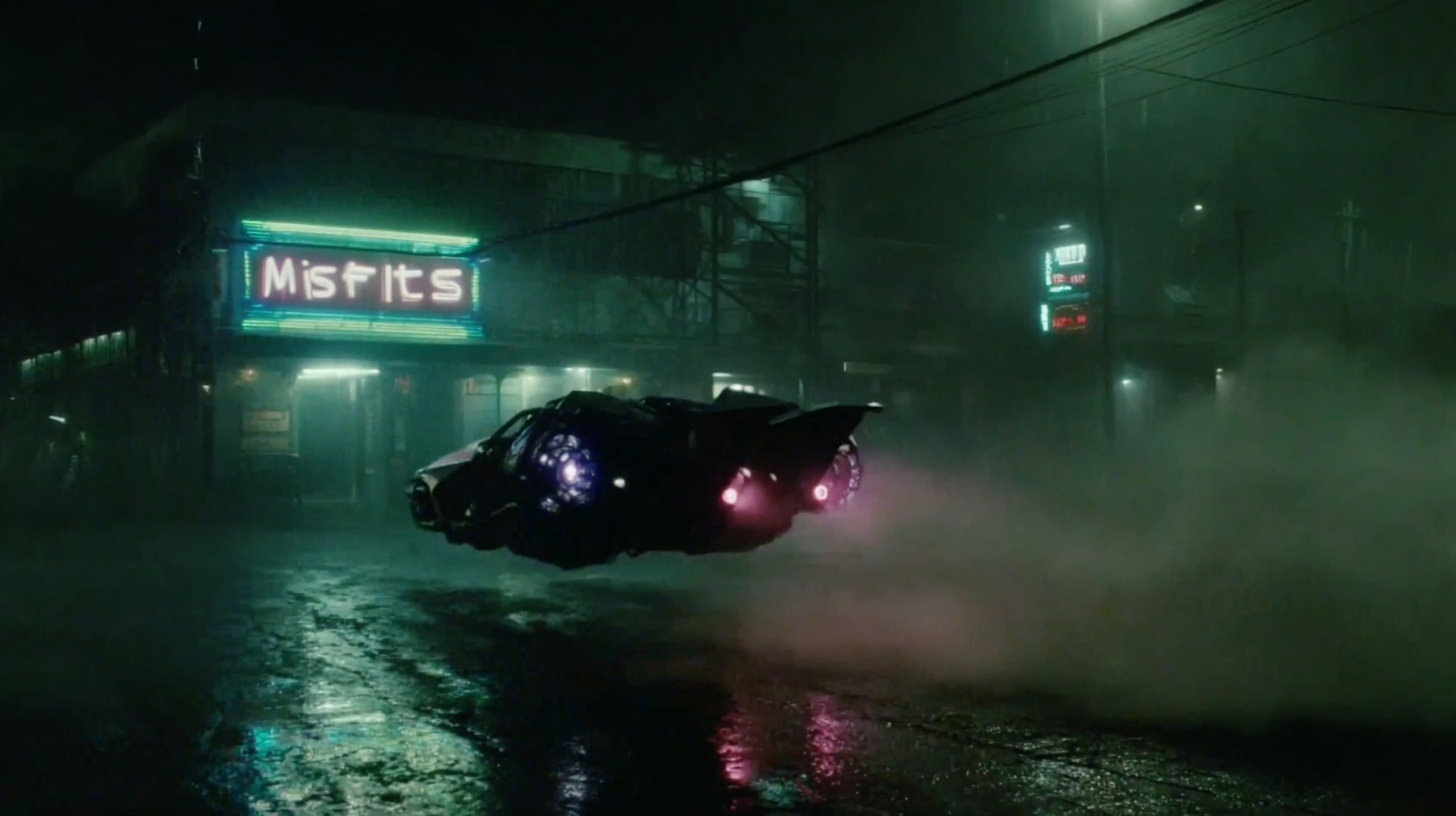
Real-World Examples
In previous posts, I’ve shared concept art created with AI tools—cyberpunk cityscapes, fantasy creatures and futuristic fashion shoots. When I apply the AI Render Pro techniques, those images take on a more polished, cinematic feel. For example:
- Character design – Using focal length and lighting prompts transforms a generic character into a hero ready for the big screen.
- Location scouting – By specifying mood and composition, the prompts generate atmospheric locations that feel like storyboards for a feature film.
- Prop and costume exploration – Detailed styling cues yield intricate textures and materials you can reference for real-world production
- About My Midjourney Mastery Guide (Just $5)
- While there are plenty of generic prompt guides online, I couldn’t find anything focused on filmmakers and visual storytellers—so I created one. My Midjourney Mastery manual distills the very best techniques I’ve learned into an easy‑to‑follow PDF. You’ll get clear explanations, example prompts and step‑by‑step exercises tailored for cinematic imagery. It’s one of the few comprehensive Midjourney manuals available, and at just $5 it’s far more affordable than similar guides. If you want a structured way to improve your prompts and mastering Midjourney without spending a fortune, this manual is a great place to start.on.
Feel free to include images from your own posts here to show readers what’s possible—just be sure to caption them with the key prompt elements so they see how the words translate into visuals.
Conclusion & mastering Midjourney
Mastering Midjourney opens up a new creative toolkit for filmmakers and designers. By learning how to build effective prompts—and by using tools like AI Render Pro to automate the process—you can generate storyboards, moodboards and concept art in minutes instead of hours. If you’re ready to elevate your AI art to professional standards, check out the AI Render Pro – Universal Prompt Generator (currently $15) and the MidJourney Mastery guide (currently $5) on my shop. These resources will give you the formulas and examples you need to bring your creative visions to
About My Midjourney Mastery Guide (Just $5)
My Midjourney Mastery guide condenses the best techniques I’ve learned into a concise PDF manual. It’s packed with clear explanations, sample prompts and step-by-step exercises to help filmmakers craft cinematic imagery. While there are other guides available online, this is one of the few comprehensive manuals tailored for storytellers—and at just $5 it’s far more affordable than similar resources. If you want a structured way to improve your prompts without spending a fortune, this guide is a great place to start.
For step-by-step prompt examples, check out my article on Midjourney prompts for characters. Ready to dive deeper? Grab the Midjourney Mastery Guide for just $5 — limited-time offer (was $25). Plus, get the AI Render Pro Universal Prompt Generator for only $15 (was $49.90) and master cinematic AI prompts like a pro.
Q&A: Frequently Asked Questions
What is Midjourney and how does it work?
Midjourney is an AI image generation tool that runs entirely through Discord. You join the Midjourney server, use the /imagine command and then type a descriptive prompt. Midjourney’s algorithms interpret your prompt and deliver four unique images based on your description.
Do I need a paid plan to use Midjourney effectively?
You can explore Midjourney with its free trial, but serious users typically subscribe for more renders and higher priority processing. Paid plans unlock extra features and faster queue times, but the key to better results still lies in crafting detailed prompts.
What is AI Render Pro and how can it help me?
AI Render Pro is a universal prompt generator and training guide that I created. It provides optimized prompts for Midjourney, DALL·E, Sora and other AI tools, plus a step‑by‑step manual with examples. It streamlines the prompt‑crafting process so you can achieve cinematic results quickly.
What do I get in the Midjourney Mastery guide?
The Midjourney Mastery guide distills advanced prompt‑crafting techniques specifically for filmmakers and visual storytellers. It includes clear explanations, sample prompts and practical exercises to improve your ability to direct the AI toward the results you want.
How can I integrate AI‑generated images into my creative projects?
Think of AI images as a previsualization tool. Use them for concept art, moodboards, storyboards or to explore character and environment designs. Once you have a look you like, reference those visuals when shooting or designing for real, or iterate further using tools like AI Render Pro.
Discover more from Olivier Hero Dressen Blog: Filmmaking & Creative Tech
Subscribe to get the latest posts sent to your email.





